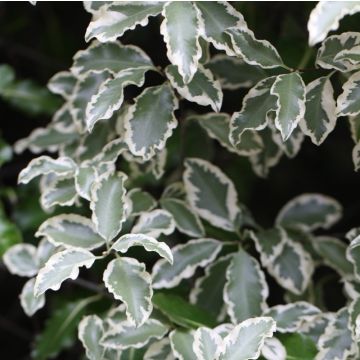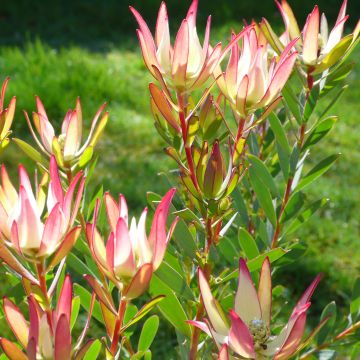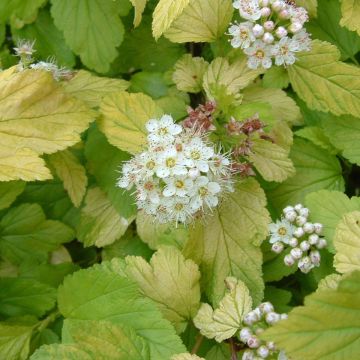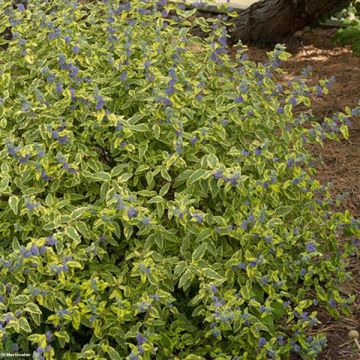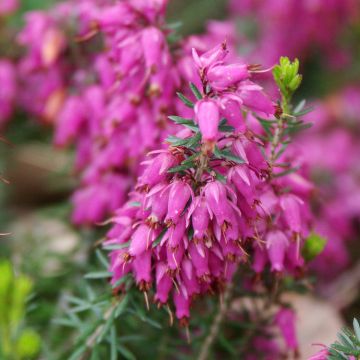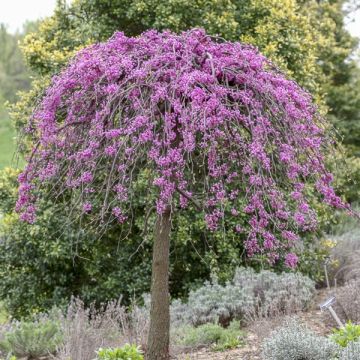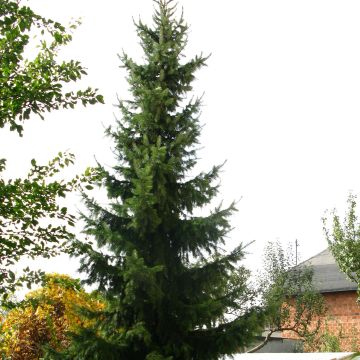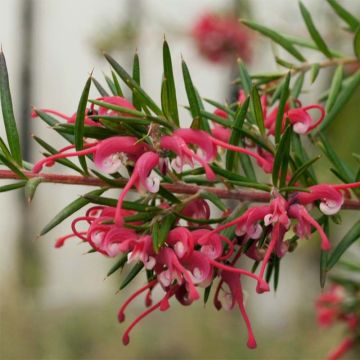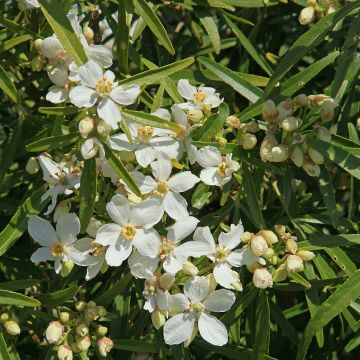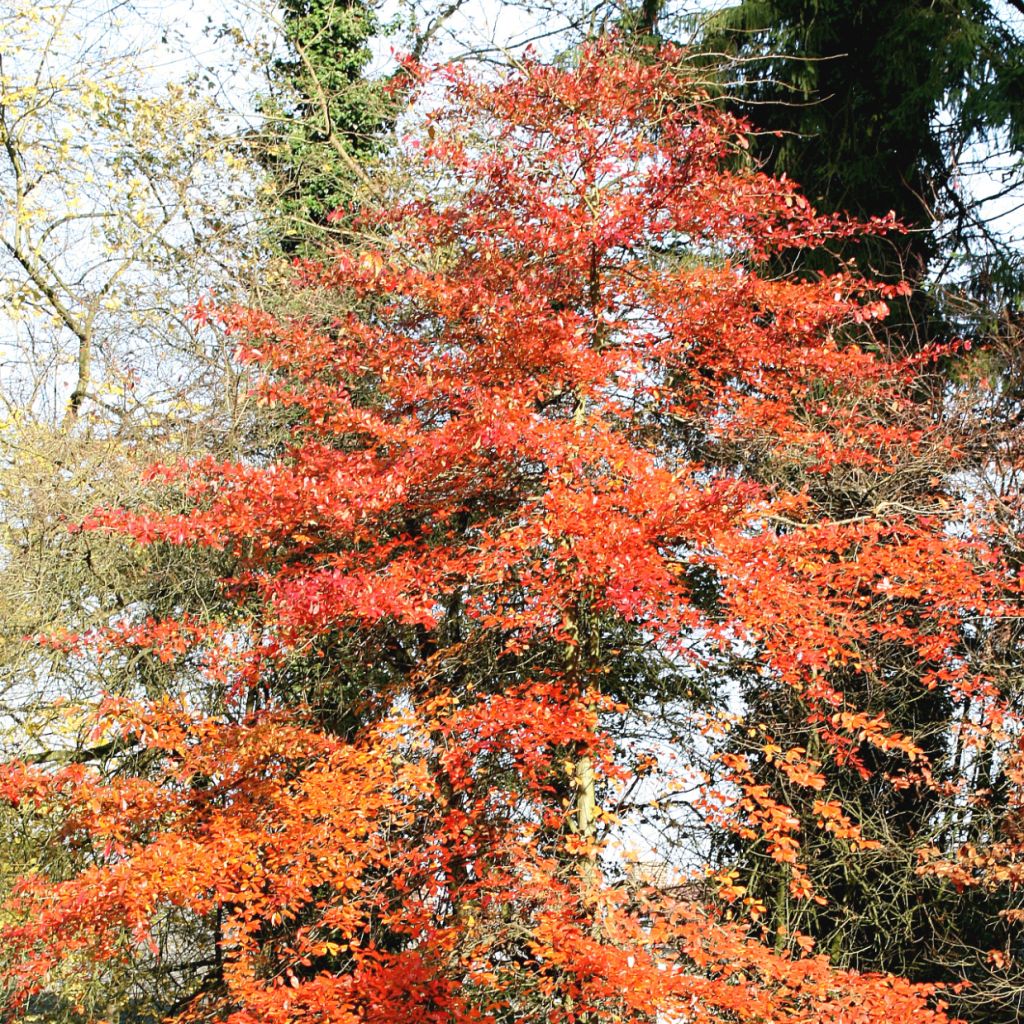

Nyssa sylvatica - Tupelo
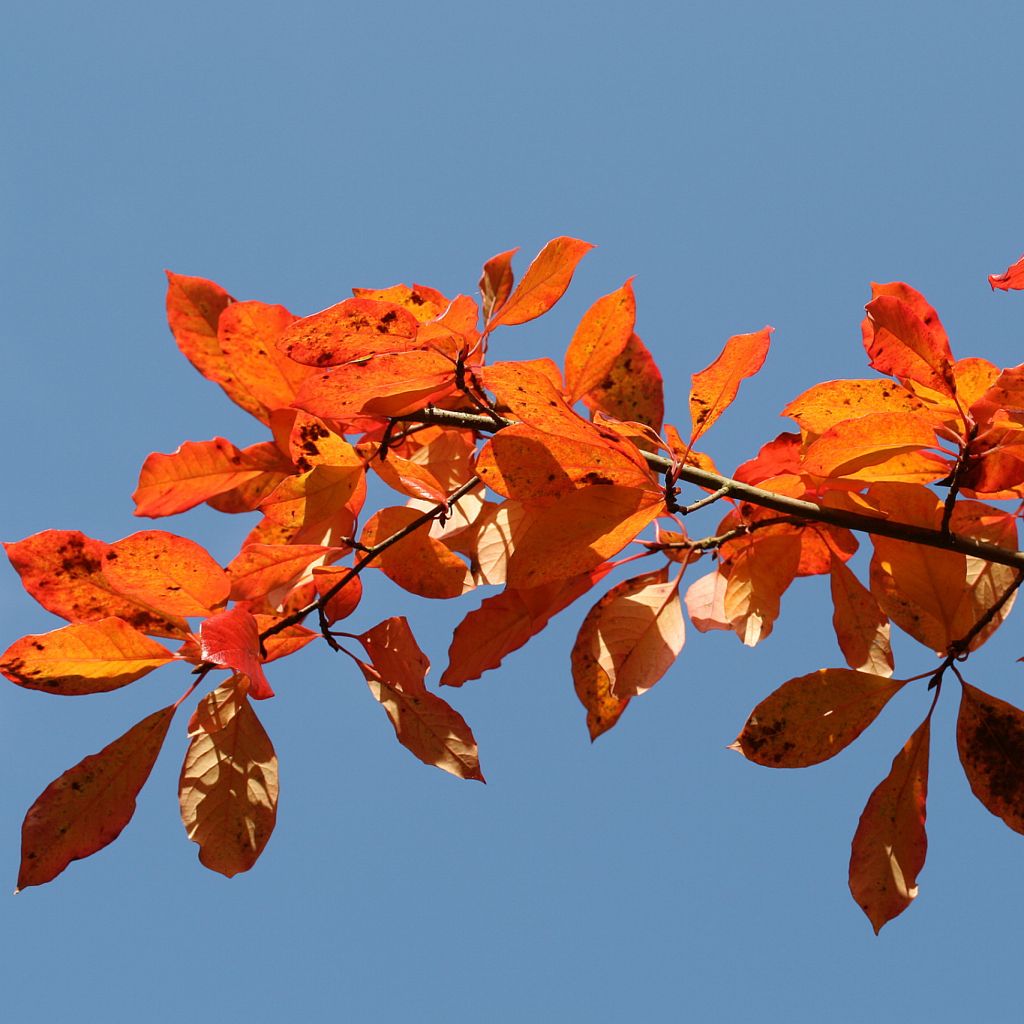

Nyssa sylvatica - Tupelo
Nyssa sylvatica - Tupelo
Nyssa sylvatica
Tupelo
This item cannot be shipped to the selected country
Oversize package delivery charge from €6.90
Delivery charge from €5.90
More information
Schedule delivery date,
and select date in basket
This plant carries a 24 months recovery warranty
More information
We guarantee the quality of our plants for a full growing cycle, and will replace at our expense any plant that fails to recover under normal climatic and planting conditions.
Oversize package: home delivery by special carrier from €6.90 per order..
Express home delivery from €8.90.
From €5.90 for pickup delivery and €6.90 for home delivery
Express home delivery from €8.90.
Does this plant fit my garden?
Set up your Plantfit profile →
Description
Nyssa sylvatica, also known as Black gum or Tupelo, is a beautiful deciduous tree native to the United States, appreciated for its magnificent autumn foliage. Its habit, pyramidal to conical, is truly elegant. And its trunk, straight up to its top, is covered with a grey-brown bark covered with thick ridges resembling an "alligator" skin on mature subjects. It is best reserved for large gardens and areas that are both acidic and moist to simply fresh.
Nyssa sylvatica belongs to the family of Nyssaceae or Cornaceae, it is native to the eastern United States and still little cultivated in our latitudes. The Tupelo can reach 35m (114ft) in height in its country of origin, but with us, it will rarely exceed 20m (65ft) in height. Its growth is rather slow. The Black gum has a broad, elegant conical habit, rising in magnificent symmetry and a curious trunk, covered with a brown-grey bark that flakes and grooves with age. It has almost horizontal branches and fairly slender twigs, pale green to orange, then reddish-brown. Its leaves, oval and smooth, measuring 10-12cm (3.9 - 4.7in) in length, with undulate edges, are a dark green or glossy greenish-yellow until summer. Each leaf is carried by a red petiole. From September, they turn into a flamboyant range of colours including yellow, orange, red, and purple. In Tupelo trees, they are often either male or female, although hermaphrodite subjects also exist. The small clusters of white-green flowers are honey-bearing and bloom in summer. On female or hermaphrodite subjects, they are followed by shiny, dark purple berries, 25mm (1in) in length, particularly highlighted by the autumn foliage and highly appreciated by birds. Nyssa sylvatica has a good longevity as it can live up to 600 years.
Nyssa sylvatica will be cultivated as an ornamental tree in parks and large gardens, where it will express its full potential as a shade tree or specimen. It shows more harmonious development when grown in sheltered conditions, without excessive competition. Combine it with the Bald cypress, Liquidambars, or Red maples, which require almost the same growing conditions. You can also plant two species of ferns at its base, such as Sensitive fern, in neutral to acidic and moist soil, and the Marsh fern, ideal for river or marsh scenes, in light shade or sun.
Nyssa sylvatica is dedicated to Nyssa, the water nymph, as it requires moist soil throughout the year to survive. Deer are extremely fond of leaves on seedlings and young plants, to the point that large populations of these cervids can make the establishment of the tree almost impossible.
Report an error about the product description
Nyssa sylvatica - Tupelo in pictures
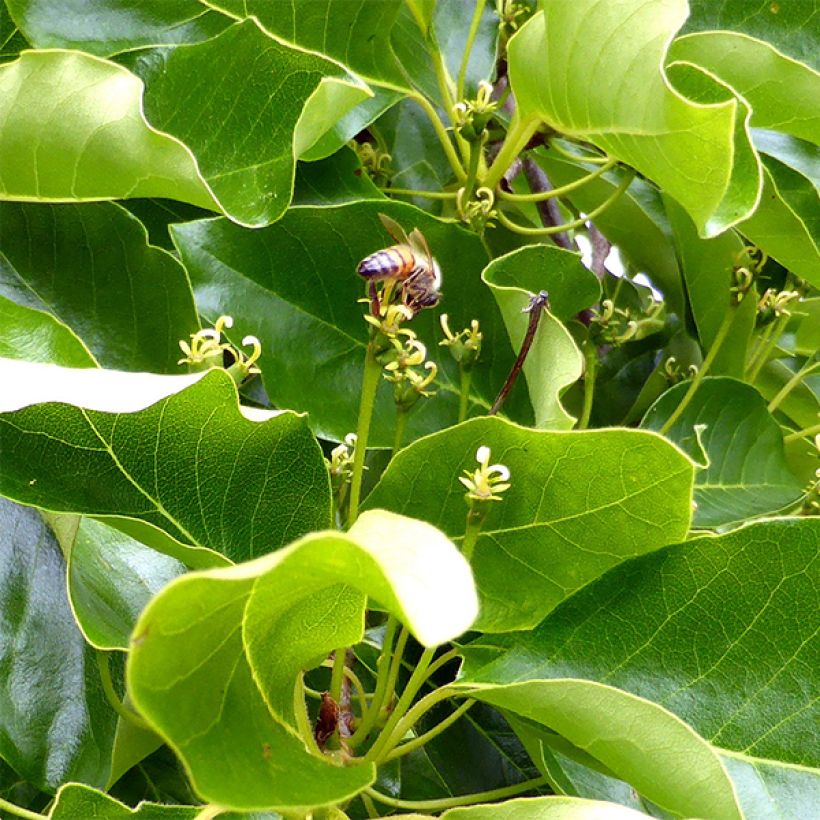

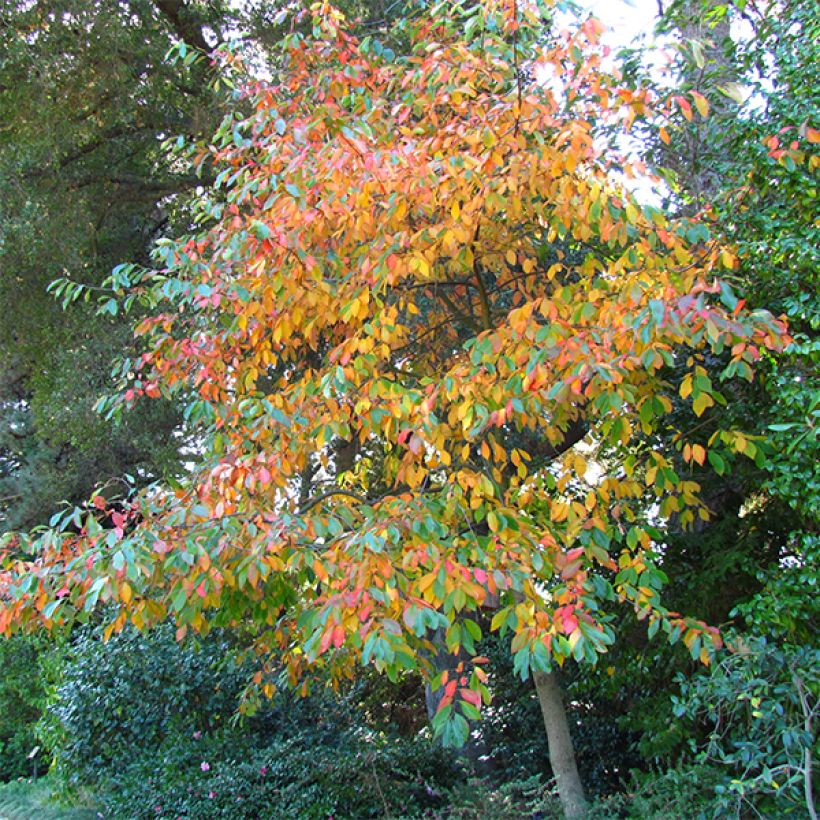

Plant habit
Flowering
Foliage
Botanical data
Nyssa
sylvatica
Nyssaceae
Tupelo
Cultivar or hybrid
Planting and care
Plant Nyssa sylvatica in neutral to acidic, fertile, damp or moist soil all year round, well loosened, in full sun or partial shade. It is best to avoid moving it once planted, as this tree develops a deep tap root. Nyssa sylvatica tolerates wind. Prune only to remove dead or unnecessary branches.
Planting period
Intended location
Care
-
, onOrder confirmed
Reply from on Promesse de fleurs
Striking foliage shrubs
Haven't found what you were looking for?
Hardiness is the lowest winter temperature a plant can endure without suffering serious damage or even dying. However, hardiness is affected by location (a sheltered area, such as a patio), protection (winter cover) and soil type (hardiness is improved by well-drained soil).

Photo Sharing Terms & Conditions
In order to encourage gardeners to interact and share their experiences, Promesse de fleurs offers various media enabling content to be uploaded onto its Site - in particular via the ‘Photo sharing’ module.
The User agrees to refrain from:
- Posting any content that is illegal, prejudicial, insulting, racist, inciteful to hatred, revisionist, contrary to public decency, that infringes on privacy or on the privacy rights of third parties, in particular the publicity rights of persons and goods, intellectual property rights, or the right to privacy.
- Submitting content on behalf of a third party;
- Impersonate the identity of a third party and/or publish any personal information about a third party;
In general, the User undertakes to refrain from any unethical behaviour.
All Content (in particular text, comments, files, images, photos, videos, creative works, etc.), which may be subject to property or intellectual property rights, image or other private rights, shall remain the property of the User, subject to the limited rights granted by the terms of the licence granted by Promesse de fleurs as stated below. Users are at liberty to publish or not to publish such Content on the Site, notably via the ‘Photo Sharing’ facility, and accept that this Content shall be made public and freely accessible, notably on the Internet.
Users further acknowledge, undertake to have ,and guarantee that they hold all necessary rights and permissions to publish such material on the Site, in particular with regard to the legislation in force pertaining to any privacy, property, intellectual property, image, or contractual rights, or rights of any other nature. By publishing such Content on the Site, Users acknowledge accepting full liability as publishers of the Content within the meaning of the law, and grant Promesse de fleurs, free of charge, an inclusive, worldwide licence for the said Content for the entire duration of its publication, including all reproduction, representation, up/downloading, displaying, performing, transmission, and storage rights.
Users also grant permission for their name to be linked to the Content and accept that this link may not always be made available.
By engaging in posting material, Users consent to their Content becoming automatically accessible on the Internet, in particular on other sites and/or blogs and/or web pages of the Promesse de fleurs site, including in particular social pages and the Promesse de fleurs catalogue.
Users may secure the removal of entrusted content free of charge by issuing a simple request via our contact form.
The flowering period indicated on our website applies to countries and regions located in USDA zone 8 (France, the United Kingdom, Ireland, the Netherlands, etc.)
It will vary according to where you live:
- In zones 9 to 10 (Italy, Spain, Greece, etc.), flowering will occur about 2 to 4 weeks earlier.
- In zones 6 to 7 (Germany, Poland, Slovenia, and lower mountainous regions), flowering will be delayed by 2 to 3 weeks.
- In zone 5 (Central Europe, Scandinavia), blooming will be delayed by 3 to 5 weeks.
In temperate climates, pruning of spring-flowering shrubs (forsythia, spireas, etc.) should be done just after flowering.
Pruning of summer-flowering shrubs (Indian Lilac, Perovskia, etc.) can be done in winter or spring.
In cold regions as well as with frost-sensitive plants, avoid pruning too early when severe frosts may still occur.
The planting period indicated on our website applies to countries and regions located in USDA zone 8 (France, United Kingdom, Ireland, Netherlands).
It will vary according to where you live:
- In Mediterranean zones (Marseille, Madrid, Milan, etc.), autumn and winter are the best planting periods.
- In continental zones (Strasbourg, Munich, Vienna, etc.), delay planting by 2 to 3 weeks in spring and bring it forward by 2 to 4 weeks in autumn.
- In mountainous regions (the Alps, Pyrenees, Carpathians, etc.), it is best to plant in late spring (May-June) or late summer (August-September).
The harvesting period indicated on our website applies to countries and regions in USDA zone 8 (France, England, Ireland, the Netherlands).
In colder areas (Scandinavia, Poland, Austria...) fruit and vegetable harvests are likely to be delayed by 3-4 weeks.
In warmer areas (Italy, Spain, Greece, etc.), harvesting will probably take place earlier, depending on weather conditions.
The sowing periods indicated on our website apply to countries and regions within USDA Zone 8 (France, UK, Ireland, Netherlands).
In colder areas (Scandinavia, Poland, Austria...), delay any outdoor sowing by 3-4 weeks, or sow under glass.
In warmer climes (Italy, Spain, Greece, etc.), bring outdoor sowing forward by a few weeks.




































